Yeast is a product that contains living organisms called live yeast. There are 2 main types of yeast: brewer's yeast and baker's yeast.
Brewer`s yeast is primarily used in beer production, and bread yeast is used in baking.
Yeast feeds on sugars and turns them into alcohol and carbon dioxide through fermentation.
The alcohol is helpful in brewing and the carbon dioxide bubbles are responsible for the stretching and rising of the dough, something we see when the dough rises.
The yeast is combined with sugar and warm water - the temperature of the water should not exceed 57°C, because the yeast will start to die and the dough will not rise.
To check if the heat is not too hot, you can test with your hand - if the water is too hot for you, it is too hot for the yeast.
Yeast is also effective at lower temperatures, but requires more time to expand the dough.
Some bakers prefer a slower rising time, because more flavor is produced in the process.
Yeast can be fresh or dry – fresh yeast is more effective in baked goods, but the downside is that it needs to be refrigerated and has a short shelf life, whereas dry yeast can stored for a long time.
How many grams of yeast do different spoons equal
- 1 tablespoon of dry yeast equals 9 grams;
- 1 teaspoon of dry yeast is 3 grams;
- 7 grams (just under 1 tablespoon) of dry yeast equals 21 grams of fresh yeast.
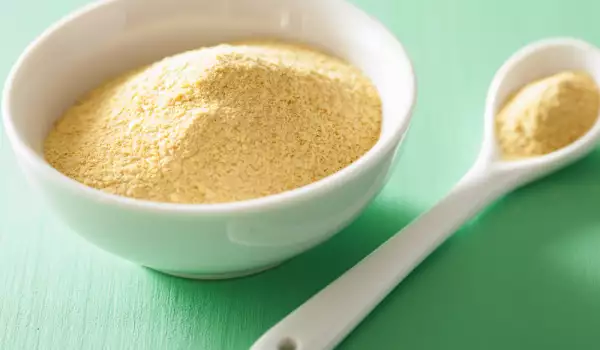
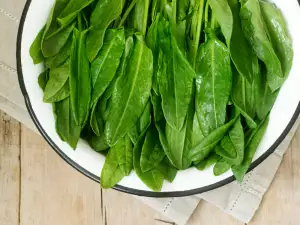
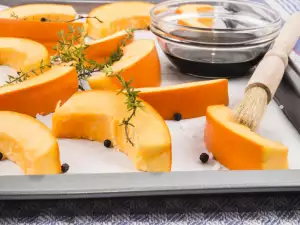
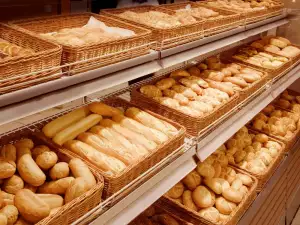
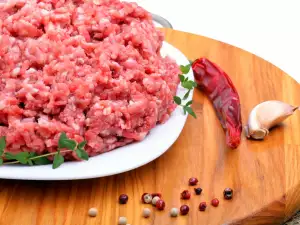

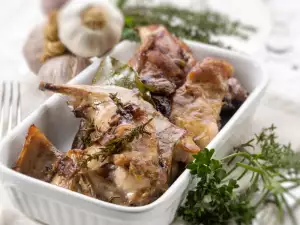
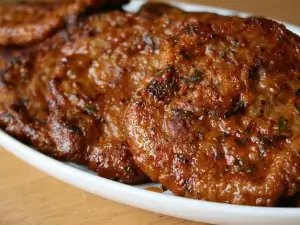
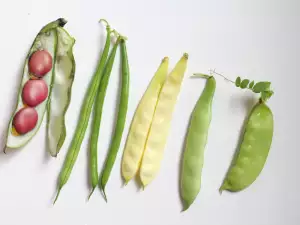
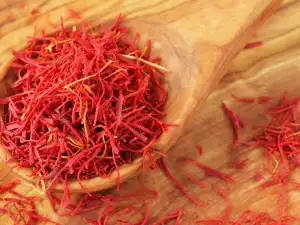
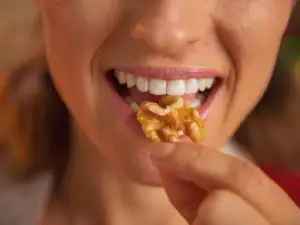
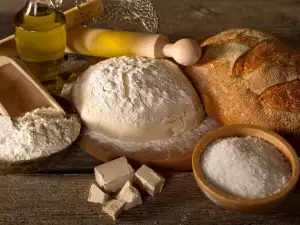
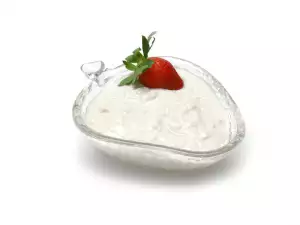
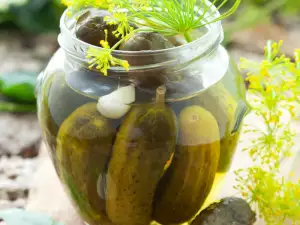





Comments